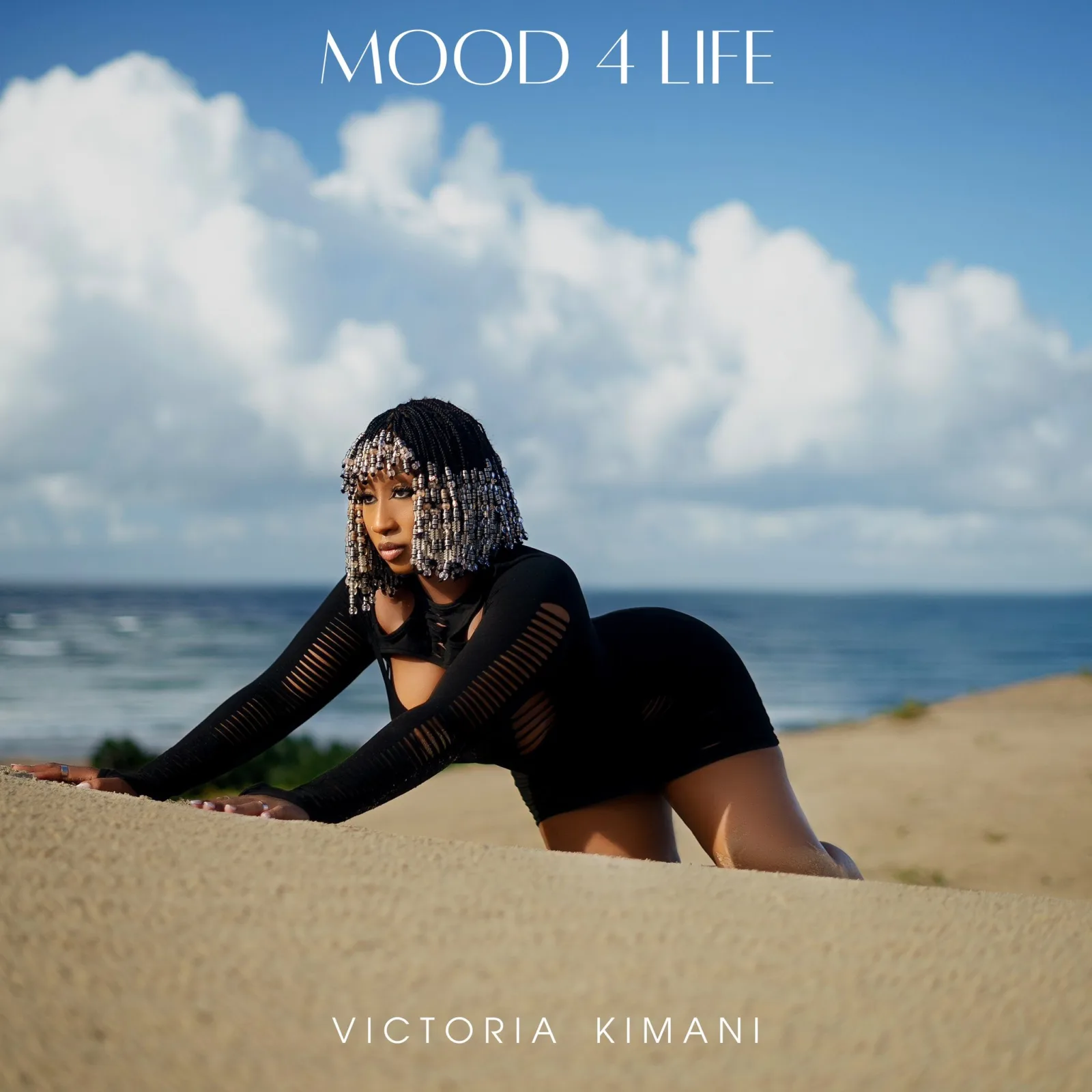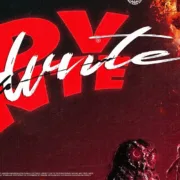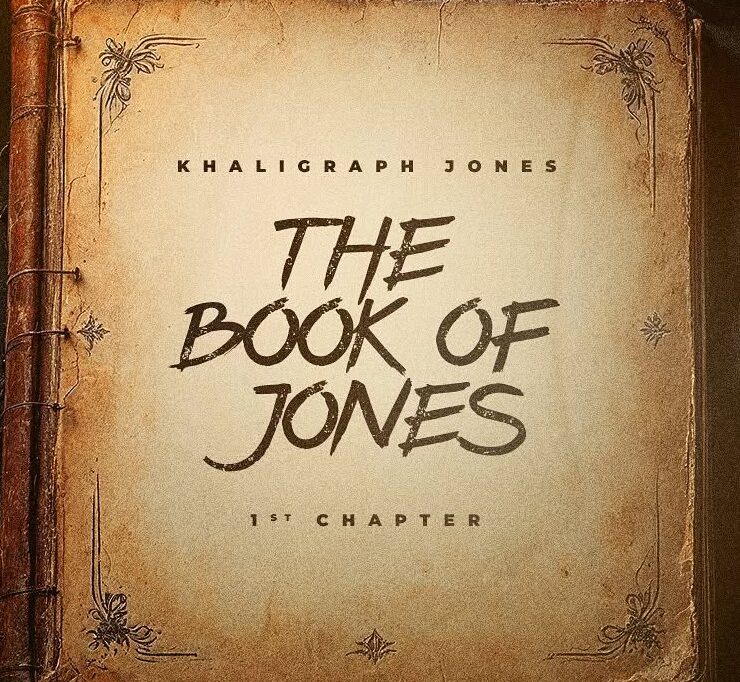Mood 4 Life exemplifies intricate music-making that prioritises hybridisation over a traditional approach to music.
By Frank Njugi
During the 2010s, few Kenyan female music acts can claim widespread notoriety like the American-born Kenyan singer, songwriter, and entertainer, Victoria Kimani. She is known for collaborating with renowned international acts such as DJ Whoo Kid, Jadakiss, DJ Green Lantern, Busta Rhymes, and Timbaland. With a soundscape heavily rooted in Pop and R&B, her vocals also colourfully interpret various African sounds, including Afrobeats, Bongo Flava, and Afro-Fusion.
Kimani has previously released three albums: 2016’s Safari, 2020’s Afreaka, and 2021’s Spirit Animal, as well as her 2018 EP, Afropolitan. Through these projects, she has established a sound that exudes suave sophistication and sexy swagger, characterised by a distinctive melding of African-American R&B with African soundscapes.
Her most recent album, Mood 4 Life, was released in July 2024. Through the 13 songs in its track listing, Victoria Kimani proves to be a creative force deserving of her artistic credentials. Her ingenuity is evident from the start, as she features what may be one of her best singles in recent years on “My Shine,” the album’s introductory track.
Featuring one of East Africa’s rising stars, Joshua Baraka, “My Shine” is a song that could easily become an anthem for those who feel lucky in life. Its beat strikes a balance between a scatting urgency and a mid-tempo riff, making it an irresistibly danceable tune.
“My Shine”, happens to be one of the only three features in Mood 4 Life, the other one being “Requirements” and “Hallelujah”. The former features a collaboration between her and Nigerian alternative Hip-Hop rapper, singer, and songwriter, PsychoYP. The song is filled with lyrics that illustrate the courtesy shown to those one loves, delivered over a soundscape built from 808 drums, kicks, and slides reminiscent of Drill music. The beat choice complements the Afro Hip-Hop aesthetic that PsychoYP brings to the track.
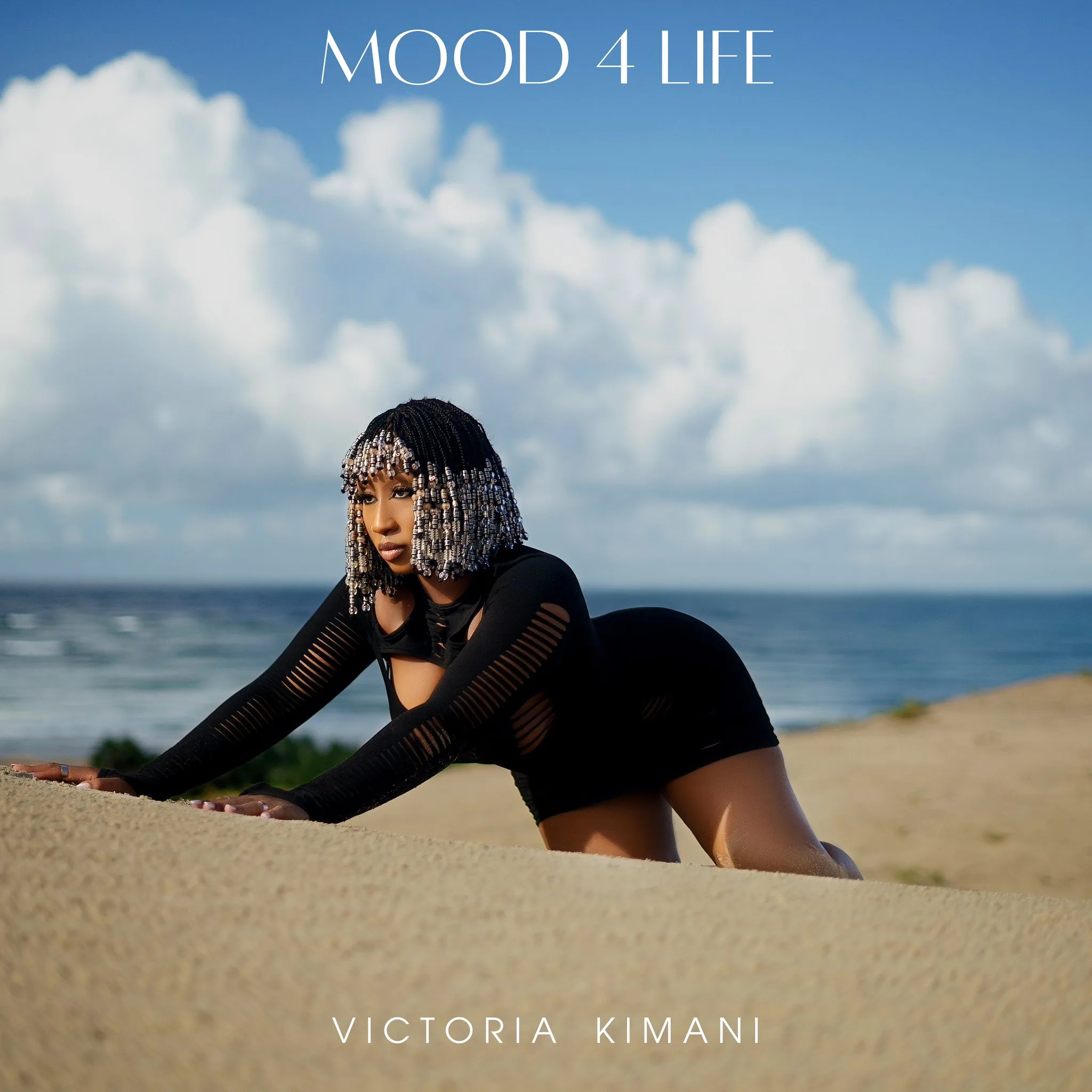
“Hallelujah”, on the other hand, is a gospel track featuring Nairobi’s rising artist Qwiss. In this song, Victoria bridges the gap between her spirituality and everyday life, reminding her listeners that she remains grounded in faith. The beat has an intoxicatingly sunny quality, blending elements of Dancehall and Afrobeats.
“Inconsistent” employs complex rhythms and heavy percussion, with Victoria wrapping her smooth, melodic tenor around unforgettable lyrics that explore the questions one asks while falling in love. “Bigger Picture,” takes an introspective turn, with Victoria using passionate vocals to describe her current success in life. The beat in this track has a dance music tempo, showcasing syncopated polyrhythms and a shimmering background that complements the song’s catchy melody.
“Control” is an infectious track that combines an insistent Afrofusion rhythm with R&B balladry. In this song, Victoria Kimani sings about her ruse with a lover, allowing the perception of her partner being ‘in control’ of situations to linger, while in reality,, she is the one who determines the outcomes. Its follow-up, “Hit Me Up,” maintains this balladry and complex rhythmic texture, as Victoria fills her lyrics with subtle nudges for her lover to call her.
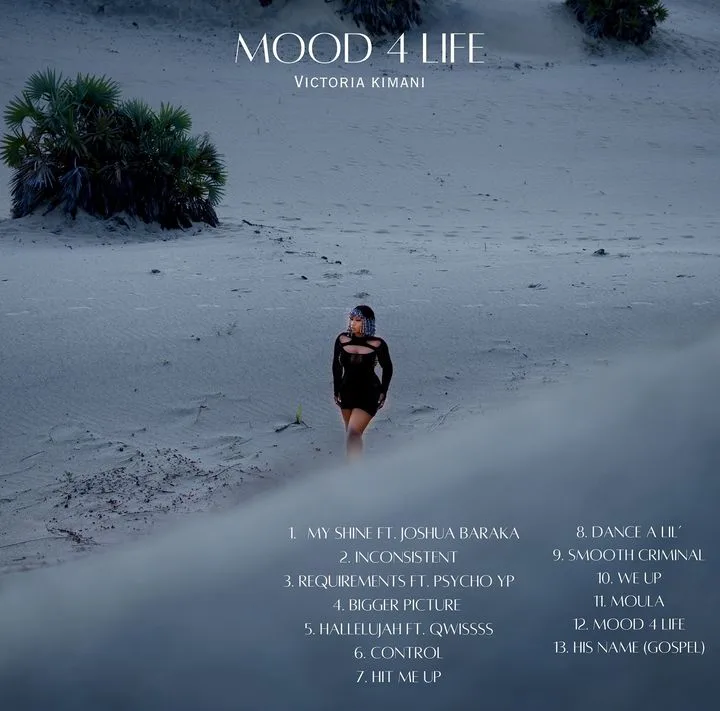
On “Dance A Lil,” there is a guitar-strumming pop-punk and jazz aesthetic, combined with layers of Afrobeats percussion, resulting in an enjoyable dance track. As the title suggests, Victoria sings about having fun, dancing, and enjoying life.
“Smooth Criminal,” sees her becoming introspective again, embracing her flaws. This track is fully rooted in Afrobeats, featuring reverberating electronic sounds that create a contagious energy. Victoria surprises listeners by changing accents in unexpected places, which maintains interest and vitality throughout the track.
“We Up” features an easy-going, poppy, and melodic sound with an atmospheric rhythm, slightly mirroring the relatively new genre of AfroPiano. The lyrics are melodious and catchy, as Victoria sings about her hope of making it. She continues to delight in the follow-up, “Moula,” where she sings in French about money and her need for it. The song showcases smoky, high-volume chords that feel distinct from what we are used to from the artist, adding a layer of originality to this project.
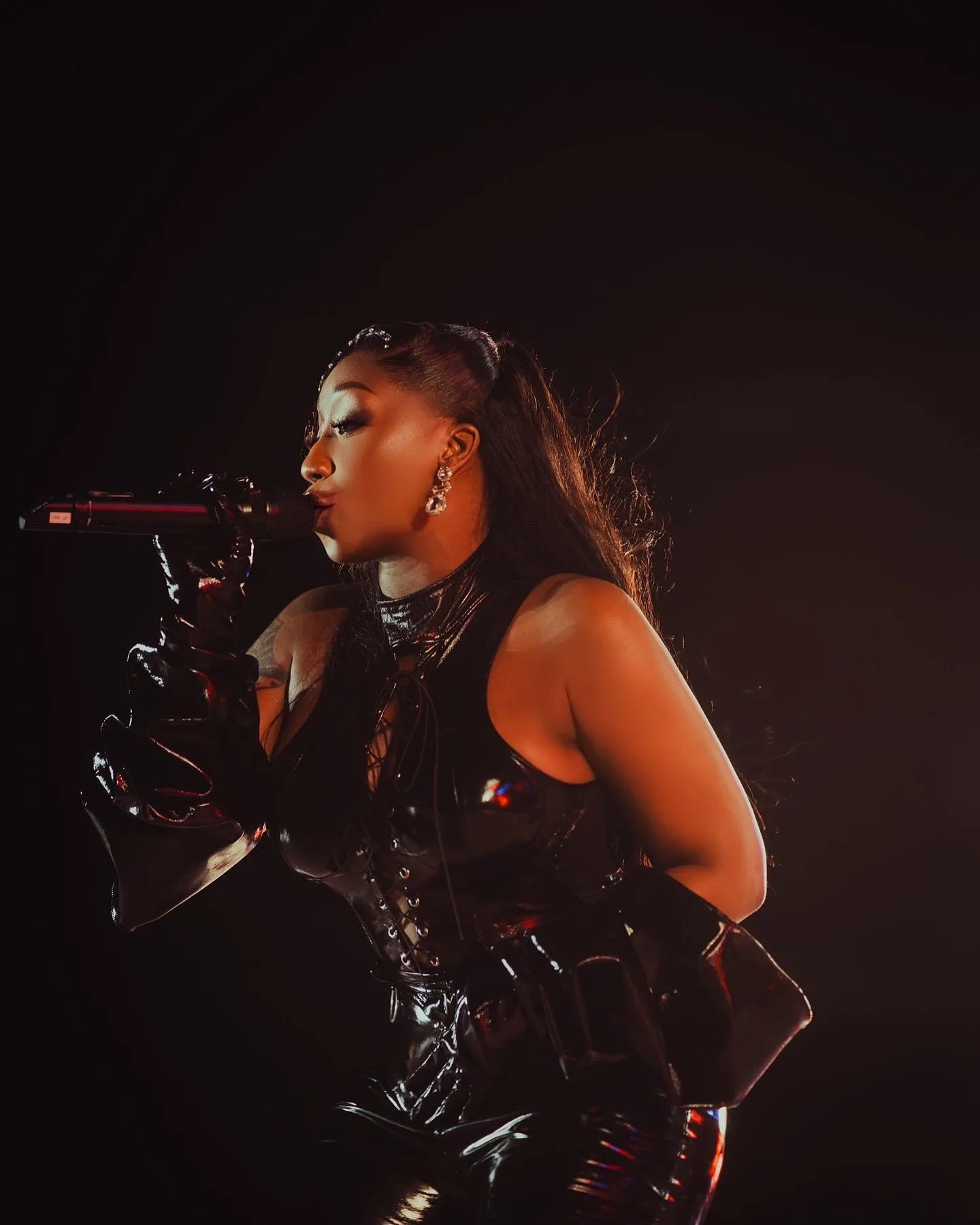
The titular track, “Mood 4 Life,” features a chatty, self-effacing candour as Victoria Kimani reflects on her inclinations and philosophy in life. The track is imbued with a moving richness, characterised by a flurry of strident atmospheric sounds, groovy frequencies, and mid-tempo syncopations.
The last track of the album, “His Name,” sees Victoria Kimani return to introspection, focusing on her belief and faith in God. This time, she bestows praise on the various names of God. The song features a variety of syncopations, which may allude to the presence of software instruments that sound more real and crisper than the real-life counterparts they are ostensibly emulating.
With multiple songs presented as hybrids and blends of genres, Mood 4 Life exemplifies intricate music-making that prioritises hybridisation over a traditional approach to genre—a quality in artistry that can be difficult to find. This may well be Victoria Kimani’s best album yet. The 13 tracks are qualitatively different in both compositional intention and effect compared to her previous albums.
Lyricism – 1.4
Tracklisting – 1.3
Sound Engineering –1.7
Vocalisation – 1.5
Listening Experience – 1.4
Rating – 7. 3 /10
Frank Njugi is a Kenyan Writer, Culture journalist and Critic who has written on the Kenyan and East African culture scene for platforms such as Debunk Media, Republic Journal, Sinema Focus, Culture Africa, The Elephant,Wakilisha Africa, The Moveee, Africa in Dialogue, Afrocritik and others. He tweets as @franknjugi.
Sign Up to Our Newsletter
Get notified about exclusive offers every week!


